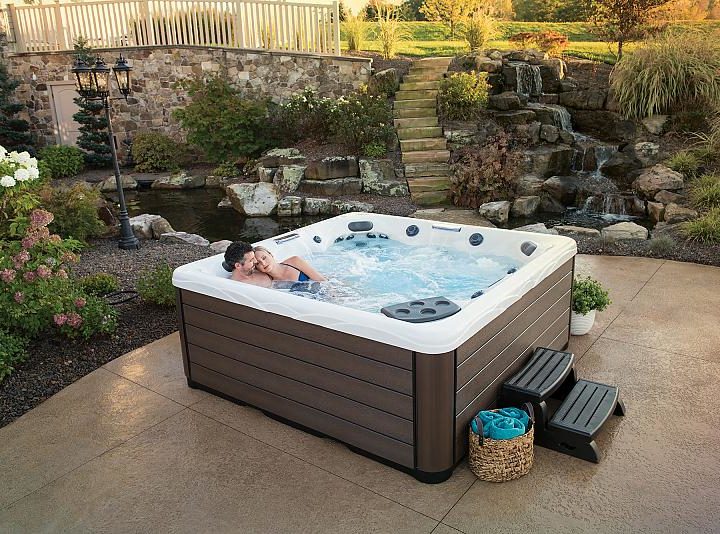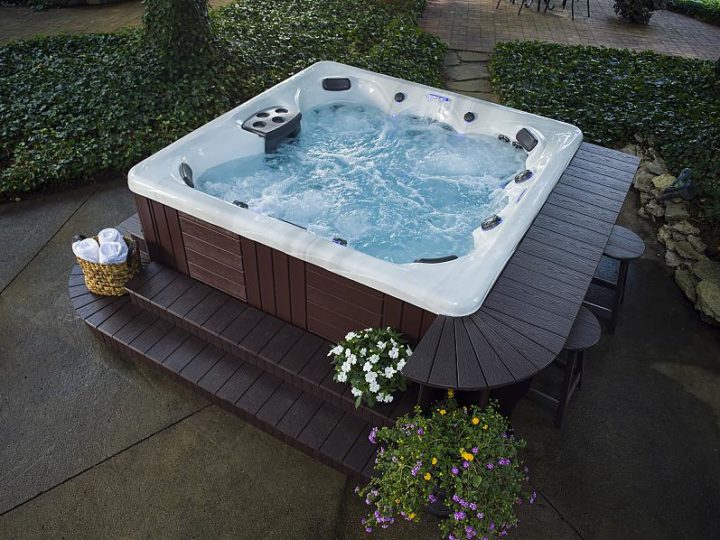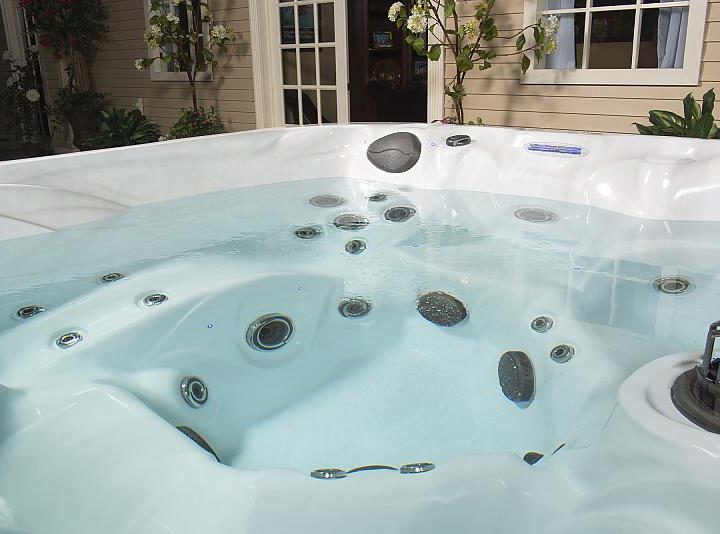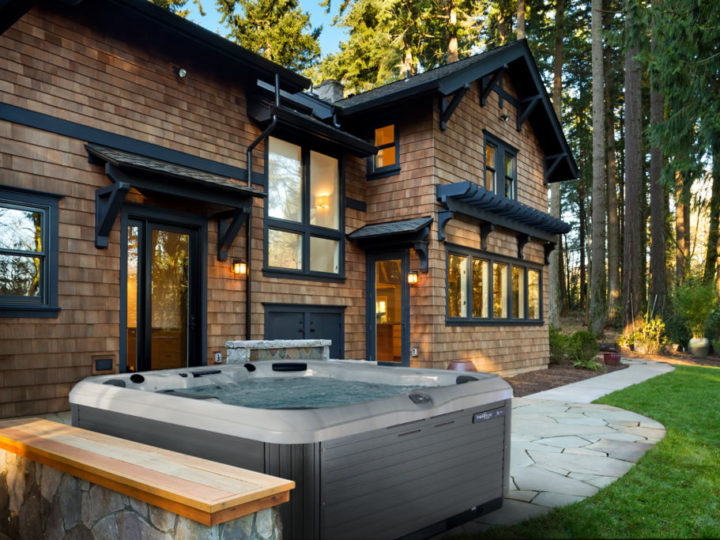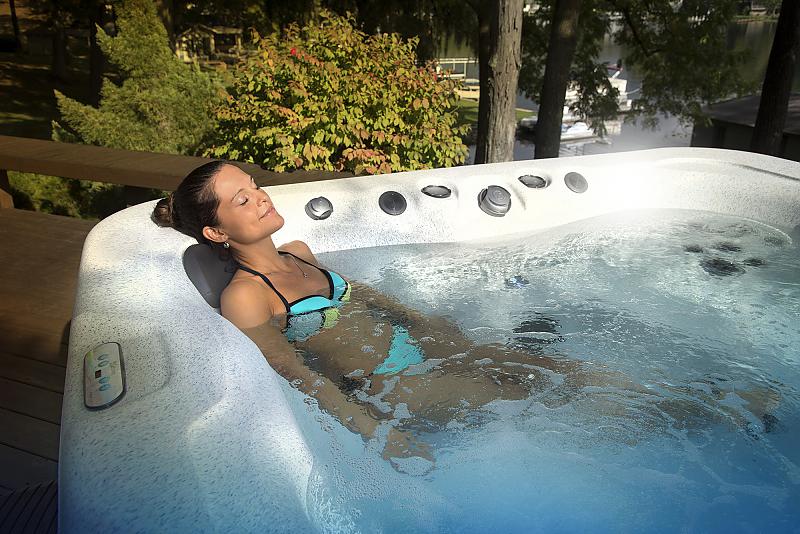
We’ve blogged before about the importance of keeping your water balanced, and testing your water regularly. But what exactly are those chemicals you need to be putting into your hot tub water, and why are they important?
Sanitizer
Bacteria and viruses can grow easily in any water – especially when that water is heated. This is why you need sanitizers in your water to keep it clean and safe. Sanitizers are an effective way to disinfect water and keep bacteria and viruses from growing. If you notice that your water is cloudy or smells off, it could be an indication that there are bacteria in the water. It isn’t a cause for panic – just add in some sanitizer to rid the water of the contaminants.
The most common types of sanitizers are chlorine and bromine. You can test the levels using test strips regularly. You should also regularly take a water sample to a local hot tub dealer for a more accurate reading of the chemical levels in your water.
Spa Shock
Non-chlorinated shock treatments are used to eliminate odours and reduce contaminants in the water (such as bacteria, or debris like dirt and body lotion). This results in fresh, clear water. If you are used to using shock or chemicals in swimming pools, it is important to note that the approach to chemicals should be different when it comes to your spa.
As a result of the heat, smaller volume of water, and heavier bather loads hot tubs require higher sanitizer levels to fight bacteria that grow quickly in the warm water. Spas also need heavier oxidizer doses, to reduce the amount of waste and build up in the water from hot tub users and keep the water sparkling and clear.
Alkalinity
The total alkalinity of your water is the buffer of pH, and if it is not balanced correctly then it is almost impossible to get a correct pH reading of the water. It is considered the most important part of your hot tub water chemistry and should be measured before taking any other measurements of your water. Ideally, you want to keep your hot tub alkalinity level between 80-120 parts per million (ppm).
If your hot tub alkalinity is off, you’ll notice a number of problems. Too low alkalinity can result in less effective sanitizer, corrosion of metal surfaces in or around the hot tub, or damage to the hot tub walls or surfaces. If the alkalinity is too high, you may see water scaling, reduced water circulation, clogged pipes and filters, high water pressure (as pipes clog and narrow, forced to run harder).
Calcium Hardness
Calcium hardness in your hot tub water is a measure of the amount of dissolved calcium in the water, which should be at a recommended range of between 150 and 250 ppm. Depending on the weather and the alkalinity level, you may need to adjust to a higher or lower level of calcium in the water. Calcium is a mineral that is naturally found in water, and it is important to keep it at a safe level to avoid potential issues in your spa.
Too much calcium can result in cloudy water and scale, but water with too little calcium can cause corrosion and damage to your hot tub as the water absorbs the calcium from surrounding materials. As a hot tub owner, you will need to closely monitor the calcium hardness levels in your spa.
For more information on hot tub chemicals and what they mean for your spa, visit Niagara Hot Tubs. If you have a spa and aren’t sure about at-home testing options, bring a sample of your water to our showroom and let us test it for you.

